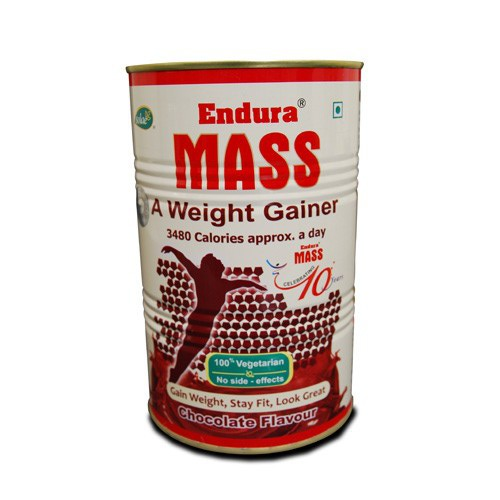calcium absorption
Question
My question is about calcium absorption. I抳e read that calcium absorption is reduced due to Oxalates, which are found in spinach, chocolate, rhubarb, walnuts and tannins (tea), which bind calcium into insoluble complexes and reduces its ability to be absorbed and Phytates, which are found in bran, cereals, seeds and beans, also bind calcium into an insoluble complex. Soy is high in phytates but also contains soy isoflavones. The isoflavones have been shown to increase calcium absorption, balancing out the phytates. Calcium-fortified soy is still absorbed only about 70% of milk calcium. I try to get my vitamins and minerals the natural way instead of from supplements. How can I help the absorption of natural calcium when I eat things like spinach, walnuts and such?
Hello Christina!
Thank you for your nutrition question. Calcium from many foods such as milk, cheese, yogurt, kale and tofu is well absorbed. Some substances in other foods bind calcium and make it unavailable for absorption. This is not a problem in a balanced and varied diet. Two common calcium-binding substances are oxalates (found in many green vegetables and chocolate) and phytates (found in unleavened grain products).
My suggestions are:
1.If green vegetables, legumes, nuts and seeds are your main calcium sources, it is especially important to depend on those that contain well-absorbed calcium.
2.If greens are significant calcium sources for you, be sure to rely on low oxalate sources such as broccoli, kale and bok choy or other mustard greens.
3.Don't worry about the oxalates in chocolate milk. There aren't enough oxalates to interfere with the much larger quantity of calcium.
Calcium absorption is dependent on many factors. The total amount of calcium in your diet and your calcium needs are probably most important in determining how much calcium you absorb from a food.
Most researchers agree that the effect of calcium binding substances is not a problem if you eat a variety of well-absorbed calcium-rich foods. However, the calcium in high oxalate foods, such as those listed below, is unavailable for absorption.
High oxalate foods
beet greens
chard
rhubarb
spinach
Low oxalate, calcium-rich vegetables
broccoli
collards
kale
mustard greens
turnip greens
Phytate seems to be a problem only when whole grain cereals are a major part of the diet (i.e. not just for breakfast) and calcium intake is low. Leavened bread does not present the same problem since yeast fermentation breaks down phytate.
For more answers to your nutrition questions check out www.planetyorgos.com
-George Rapitis, MS
www.juiceblend.com
Related Articles
-
bananas and potassium
QuestionSo far, you seem to be the most qualified to answer my qu
-
wight gain/loss
QuestionI gained about seven pounds eating bad stuff. The I
-
Omega-3: antiinflammatory and many more effects
QuestionHi, Would taking three 1000mg Omega-3 pills/day be consi
-
ketosis symptoms
QuestionAside from bad breath, thirst, and decreased appetite, ar
-
fruit diet
Questionis it safe to just eat fruit for about a week to lose wei
-
bulge
Questioni am 23. i have to sit in the office for 11 hours due to




